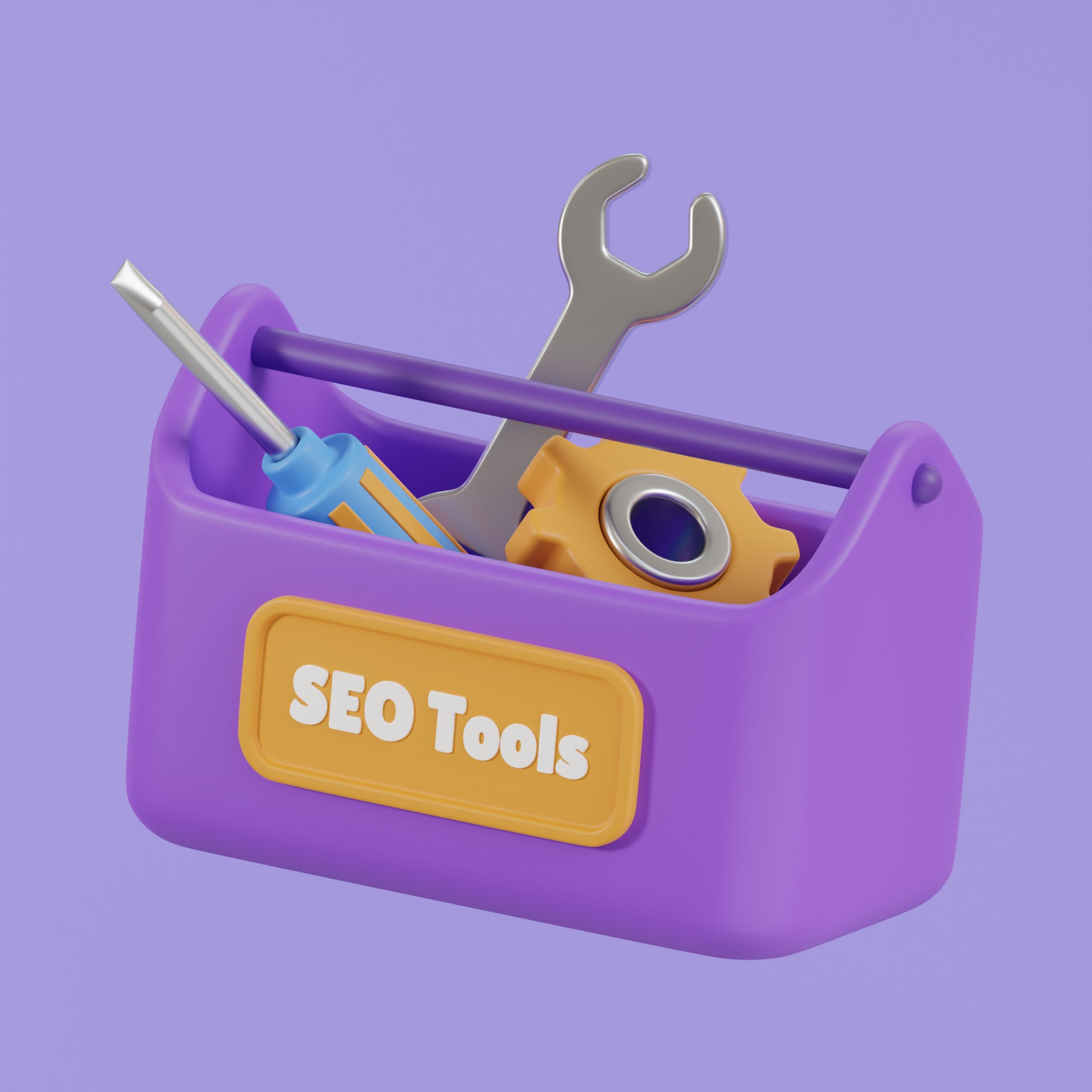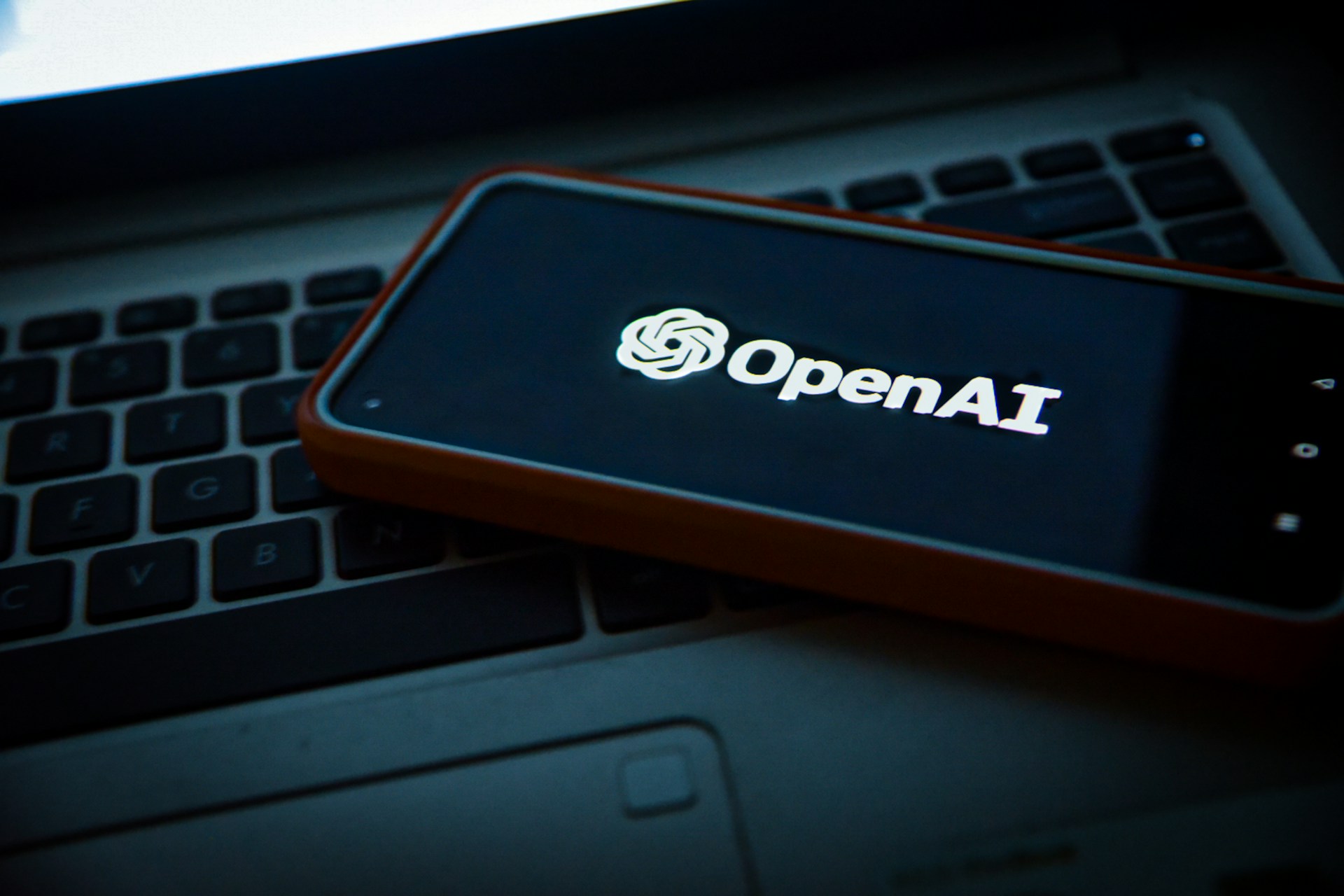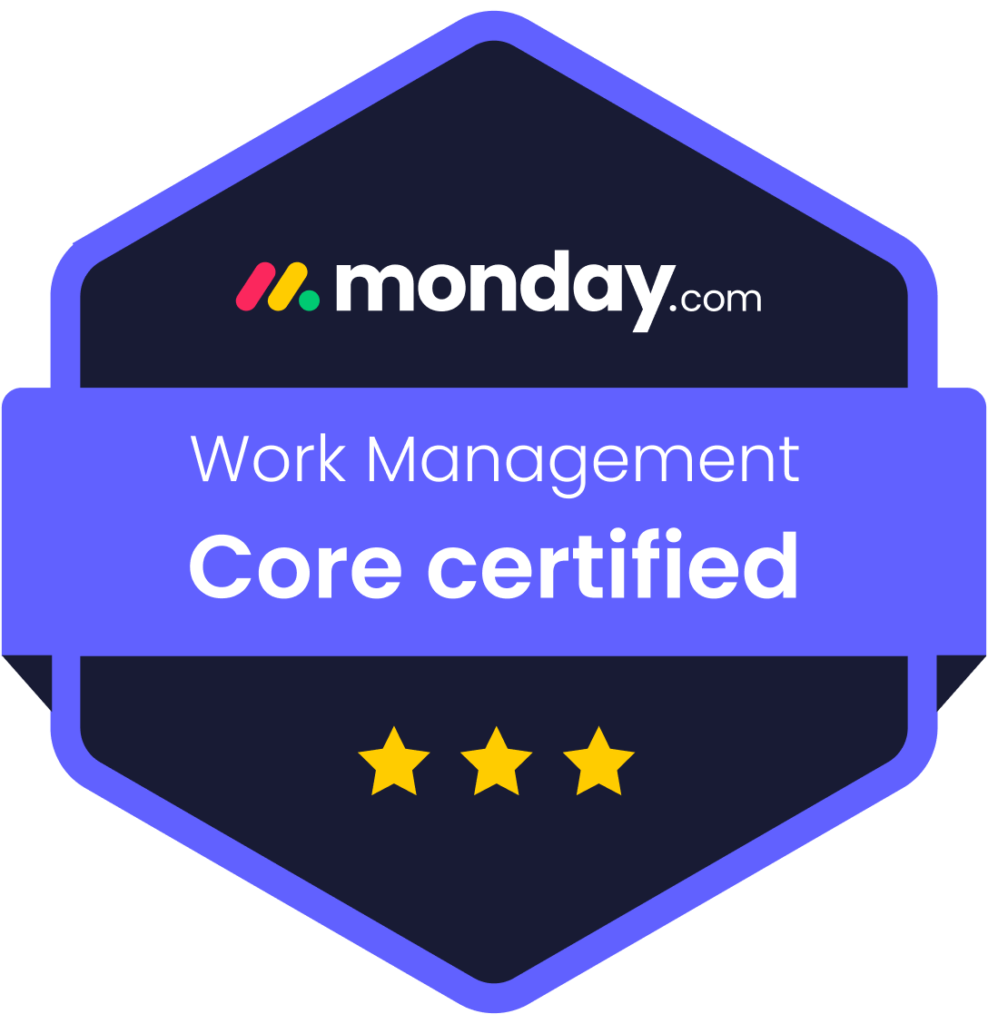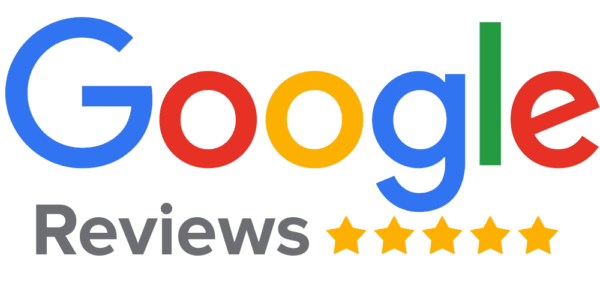The Search for More Customers Starts Online
In today’s digital world, most customers begin their journey online—even when they need something as local and hands-on as a repair service. Whether it’s phone repair, auto repair, or appliance servicing, your potential clients are searching Google to find the best shop nearby. For repair shop owners, this means visibility on search engines is crucial. The two primary methods to drive that visibility are repair shop SEO and paid ads. Each has its own strengths and limitations, but which one truly drives more business? The answer depends on your goals, timeline, and marketing budget.
What Is Repair Shop SEO?
Repair shop SEO is the process of optimizing your website and online presence so that it appears higher in search engine results when people search for repair services in your area. This includes optimizing your website content, creating location-based landing pages, managing your Google Business Profile, collecting customer reviews, building backlinks, and ensuring your website is mobile-friendly and fast. The goal of repair shop SEO is to attract high-quality traffic organically, without paying for each click. When done correctly, SEO can lead to steady, long-term visibility in search results, especially for local and high-intent keywords.
How Paid Ads Work for Repair Shops
Paid ads are a form of online advertising where you pay to appear at the top of search results, typically through platforms like Google Ads. These ads are triggered by keywords and show up instantly once your campaign is live. You pay each time someone clicks on your ad, which is known as pay-per-click advertising. For repair shops, paid ads can be highly effective for time-sensitive promotions, competitive markets, or brand-new websites that haven’t yet built SEO authority. They offer instant visibility, highly targeted audience options, and detailed performance tracking.
Comparing Cost and ROI
When it comes to cost, repair shop SEO is generally more affordable in the long run. Although there is an upfront investment of time or money, once your site begins ranking, it continues to generate traffic without additional per-click costs. Paid ads, on the other hand, stop generating traffic as soon as you stop paying. Over time, the cost of constantly running ads can add up, especially in competitive markets where cost-per-click is high. However, paid ads can generate immediate results, while SEO takes time to gain traction. If your goal is long-term growth with lower ongoing costs, repair shop SEO offers more sustainable ROI.
Timeline to See Results
One of the biggest differences between repair shop SEO and paid ads is the timeline. Paid ads can deliver traffic the same day your campaign launches. This is ideal for shops running special deals, launching new services, or needing a quick influx of business. SEO, on the other hand, typically takes several weeks or months to gain traction, especially in competitive niches. However, once your SEO begins to perform, the results compound over time. You build trust, visibility, and authority that continue delivering results even if your SEO efforts slow down temporarily.
Trust and Click Behavior
Studies show that users tend to trust organic search results more than paid ads. When your repair shop ranks high organically, it signals credibility and authority to potential customers. People are more likely to click on organic listings if they believe the business earned its ranking through relevance and trustworthiness. Paid ads can still drive clicks, especially if they include strong headlines and offers, but they often come with a perception of being less trustworthy. If building long-term brand trust is important to you, repair shop SEO is the stronger choice.
Control and Customization
With paid ads, you have full control over your messaging, budget, audience targeting, and schedule. You can turn ads on or off anytime and test different versions to see what works best. Repair shop SEO offers less immediate control but focuses on creating lasting improvements to your website and online presence. SEO is more about aligning with what users and search engines value, rather than just paying to appear. Both approaches offer customization, but SEO builds assets that continue to benefit your business long after the initial work is done.
Combining Both for Maximum Impact
While comparing repair shop SEO and paid ads, it’s important to note that these two strategies don’t have to be mutually exclusive. In fact, many successful repair shops use both to their advantage. Paid ads can provide immediate traffic while your SEO campaign builds momentum. Once your SEO starts generating consistent traffic, you can reduce your ad spend or use it for special campaigns. Using both strategies together gives you short-term wins and long-term growth, helping you cover all bases in your digital marketing efforts.
Measuring Success and Making Adjustments
Both repair shop SEO and paid ads offer measurable results, but they require different metrics. With SEO, you’ll track organic traffic, keyword rankings, bounce rates, and conversions over time. With paid ads, you can measure impressions, click-through rates, cost-per-click, and conversions almost immediately. Analyzing this data regularly helps you adjust your strategy and maximize your return. Whether you choose one approach or both, the ability to track and optimize performance is essential to making your marketing work.
Which One Drives More Business?
The answer depends on your business goals. If you’re looking for immediate traffic, short-term promotions, or have a new website with low visibility, paid ads can help you get quick results. If you’re focused on long-term growth, higher trust, and cost-effective lead generation over time, repair shop SEO is the better path. Most repair shops will benefit from starting with paid ads and investing in SEO at the same time. Over time, as your SEO gains traction, you can rely less on ads and enjoy steady business from organic traffic.
Final Thoughts
Choosing between repair shop SEO and paid ads comes down to timing, budget, and business objectives. SEO is a long-term investment that builds trust and authority, while paid ads offer instant visibility and precise targeting. For most repair shops, the best approach is a combination of both. Use paid ads to fill the gap while your SEO strategy develops, then shift your focus toward sustainable growth through organic search. No matter your approach, the goal is the same—more customers, more visibility, and more business in a competitive digital marketplace.

